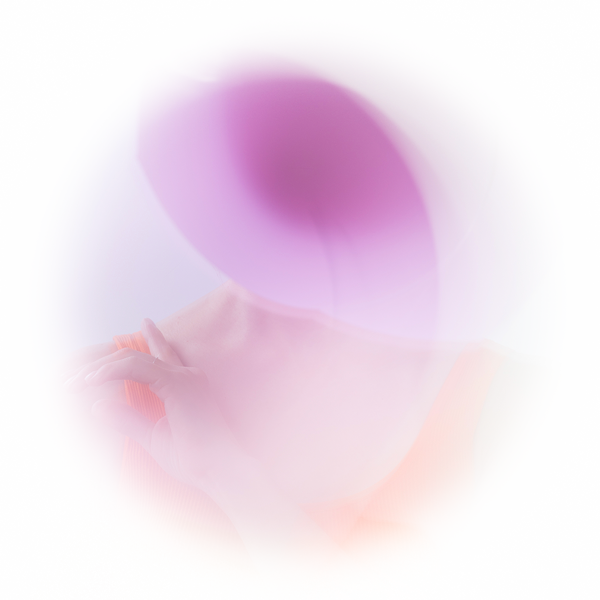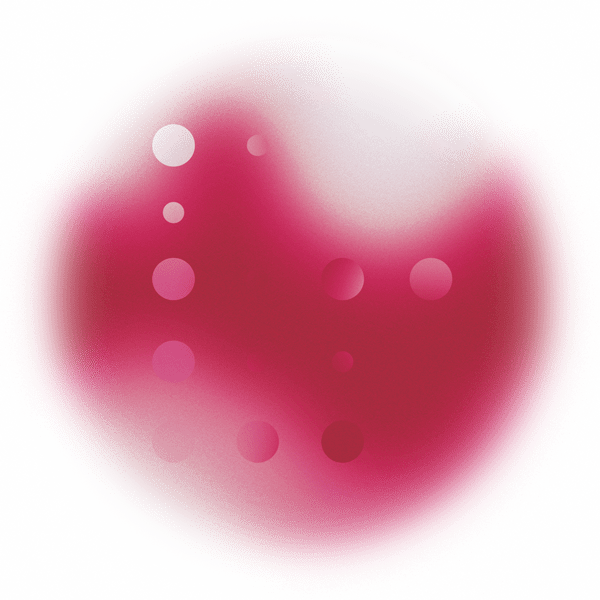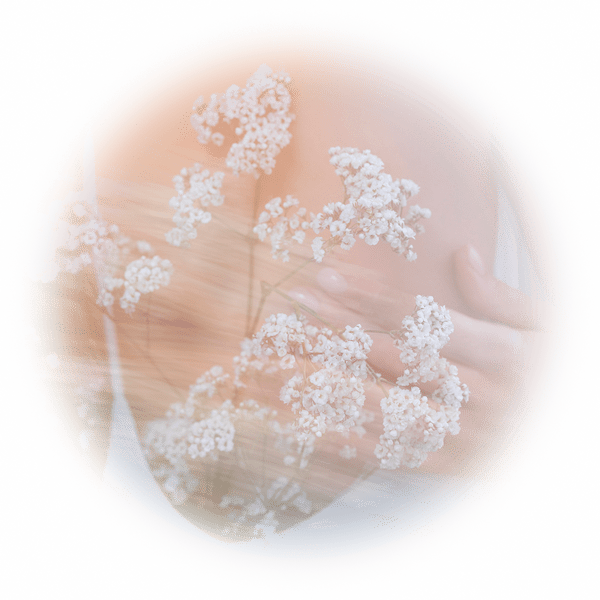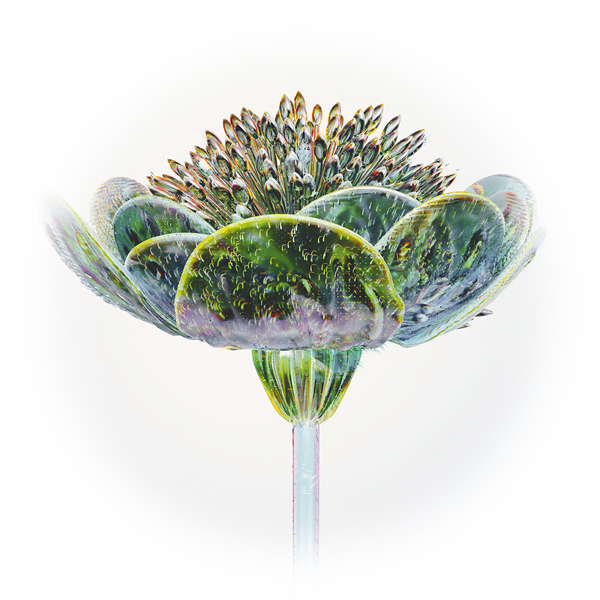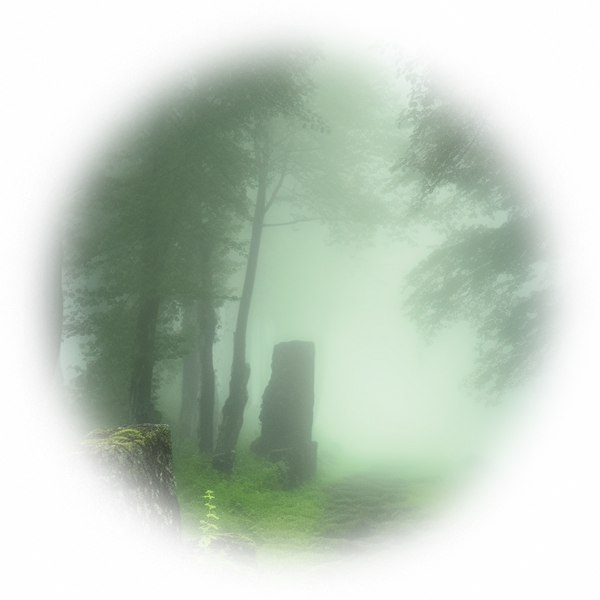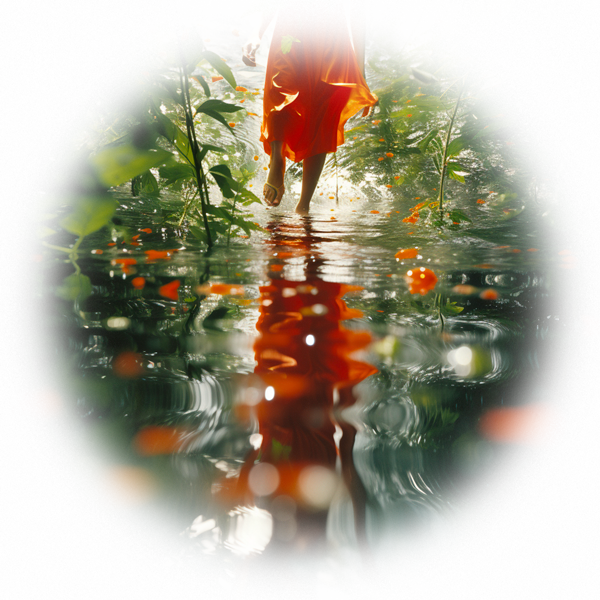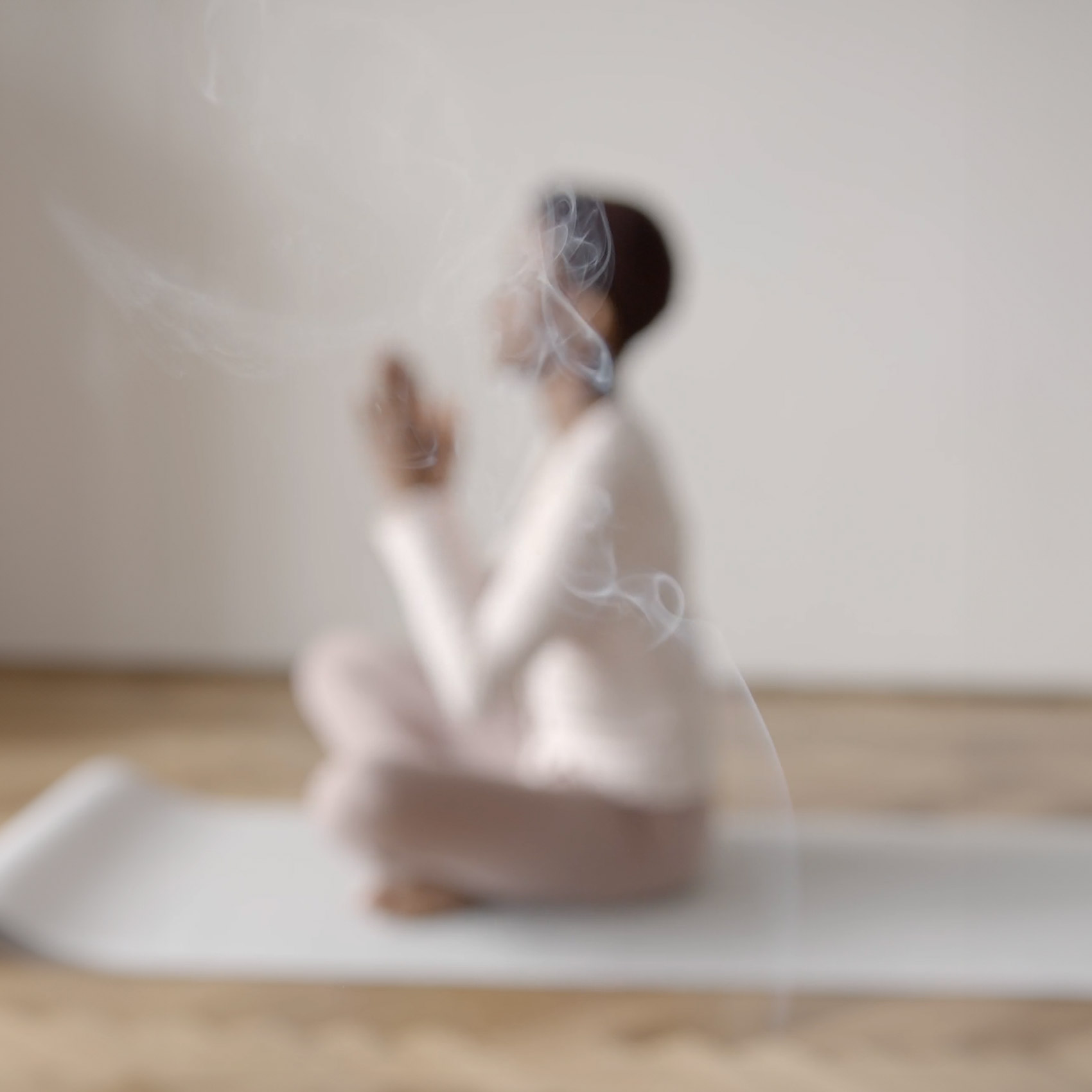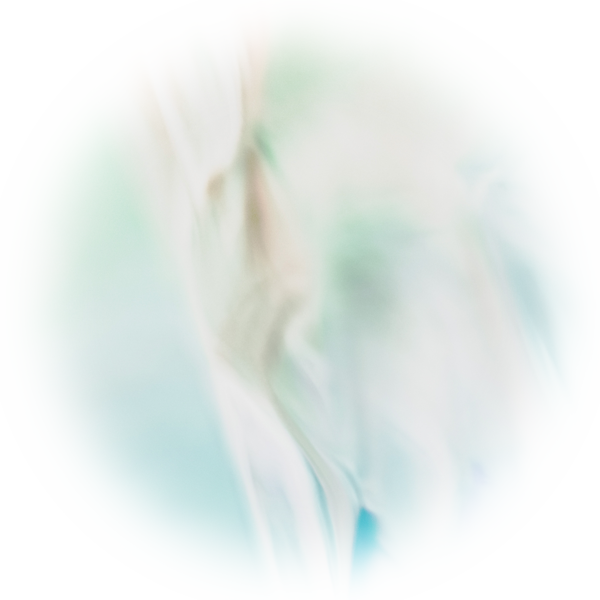Nowadays, a few art historians are seeking to understand artworks of the past by focusing on the visual evocations of scents and odorous objects. This nose-directed gaze sometimes makes it possible to detect hidden symbolisms and to bring out new interpretations. At times, simply imagining the scents that could emanate from the scenes depicted changes our perception of the artwork. Our engagement with the paintings becomes total, more visceral. This is particularly the case with many dream-inspired works from the 19th century in which fragrant blooms and herbs abound, opening the way to interesting olfactory readings.
In The Dream (1883) by Pierre Puvis de Chavannes, a traveler falls asleep at the foot of a pine tree along the coast. Three young women of unreal beauty appear to him in a dream, floating in the night sky: the first one, with roses in her hand, represents Love; the second one, holding a laurel wreath, embodies Glory, while the last one spreads the coins of Fortune. Multiple scents play a role in this ethereal scene: the real ones emanating from the landscape itself – like the resinous smell of the tree sheltering the young man – as well as the dreamt ones wafting from the flowers and the aromatic laurel leaves carried by the allegorical figures. For this modest traveler, Love, Glory and Fortune are dreams as seductive as they are elusive, just like perfumes, delicious and yet impossible to grasp and keep for oneself.
In a slightly earlier work by Gustave Courbet, entitled The Dream ou The Hammock (1844), roses also overlook the sleeping figure. However, this time, the work depicts a young woman languorously swooning in a hammock suspended above a stream, and the flowers which intoxicate her are very real. A crimson petal even fell on the hammock next to the young sleeping woman who is represented in a highly suggestive posture, as if overwhelmed in her sleep by carnal pleasure. Her cheeks are flushed with an intense tone of pink and her calves and chests are revealed by her unclasped dress, leaving no doubt as to the erotic nature of her dream. In this vegetal, aquatic atmosphere, rather fresh in appearance, it is most certainly the smell of these roses leaning over her face that seems to excite her senses and induce such sensual dreams.
Another form of dreams is induced by floral scent in The Day Dream (1880) by Dante Gabriel Rossetti. A woman sitting among the branches of a sycamore tree, dressed in a deep green dress, holds in the open palm of her hand a large flower of wild honeysuckle. This particularly fragrant bloom was a symbol of love in the Victorian era. Here, the flower not only symbolizes the amorous thoughts of the female figure, but its scent is also probably the vector of her reverie. A few years earlier, this famous sentence was written by poet Charles Baudelaire: “My soul travels on perfume like the souls of other men on music.” It is this same phenomenon which, in this scene, allows the young woman to leave reality on the wings of perfume. Although she is not asleep, the imaginative power of scents acts on her just as on the young woman in Courbet’s painting.
The flowers and odoriferous plants represented by the artists alongside the dreamers, whether they unfold around the sleeping figure or in the dream itself, always excite the dream and increase its intensity. And anyone who has ever had an olfactory dream will understand the powerful experience lived by the men or women represented in these works!
